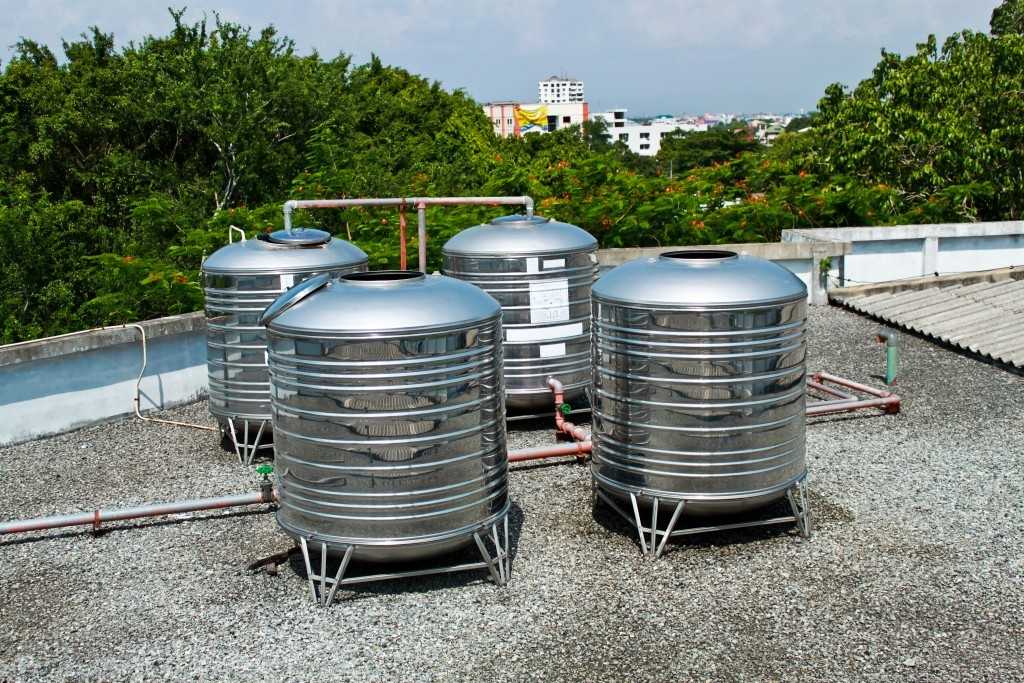 When it comes to metallic water storage, people look for light and sturdy materials that can hold vast quantities without succumbing to the pressure. Over the years, steel water tanks have proven to provide desirable features when erecting above ground storage facilities. Other than its lightweight and strong framework, it takes a day or two to assemble the prefabricated compartments. API 653 tanks offer convenience and affordability in one pack, even while the debate between steel and plastic tank continues.
When it comes to metallic water storage, people look for light and sturdy materials that can hold vast quantities without succumbing to the pressure. Over the years, steel water tanks have proven to provide desirable features when erecting above ground storage facilities. Other than its lightweight and strong framework, it takes a day or two to assemble the prefabricated compartments. API 653 tanks offer convenience and affordability in one pack, even while the debate between steel and plastic tank continues.
Nonetheless, it is important to maintain your water tank to avoid problems. Here are ways to increase the durability of your steel water tank:
Reduce surface corrosion
Despite the tanks being stainless, they are still prone to significant levels of rust when exposed to predisposing conditions. In cases of bushes growing under the reservoir or next to it, you need to keep it short to prevent scratches that cause rust to the exterior. In case of rust, you need to make a timely repair and prevent further rusting by painting the tank regularly. Moreover, it’s important to ensure enough clearance on all sides to avoid potential accumulation of debris that keeps moisture. Think of this step as if you are maintaining an underground storage tank.
Prevent internal corrosion
Most of the wear and tear that occurs in steel tanks comes from persistent corrosion from the sides. Maintaining water at the bottom raises the corrosion rate on the surface. Storing water for a prolonged period leads to the formation of bacteria. As Heartland Tank Services explains, bacteria at the bottom produce acidic fluids that eat away the surface of the material. For this purpose, you need to inspect your tank annually and empty any residual content for a thorough wash.
Filter and clean
Another major cause of interior wear and tear are the foreign particles that come with stored water. Sand, small sticks and other substances scratch the surface, causing leakage. It is vital to filter the water entering the facility to get rid of the sediments. As it might not be possible to eliminate all the particles, it is essential to keep emptying the residue from time to time.
Proactive maintenance and repair prolong the lifespan your steel water storage facility. Follow these pointers to avoid problems with your tank.

